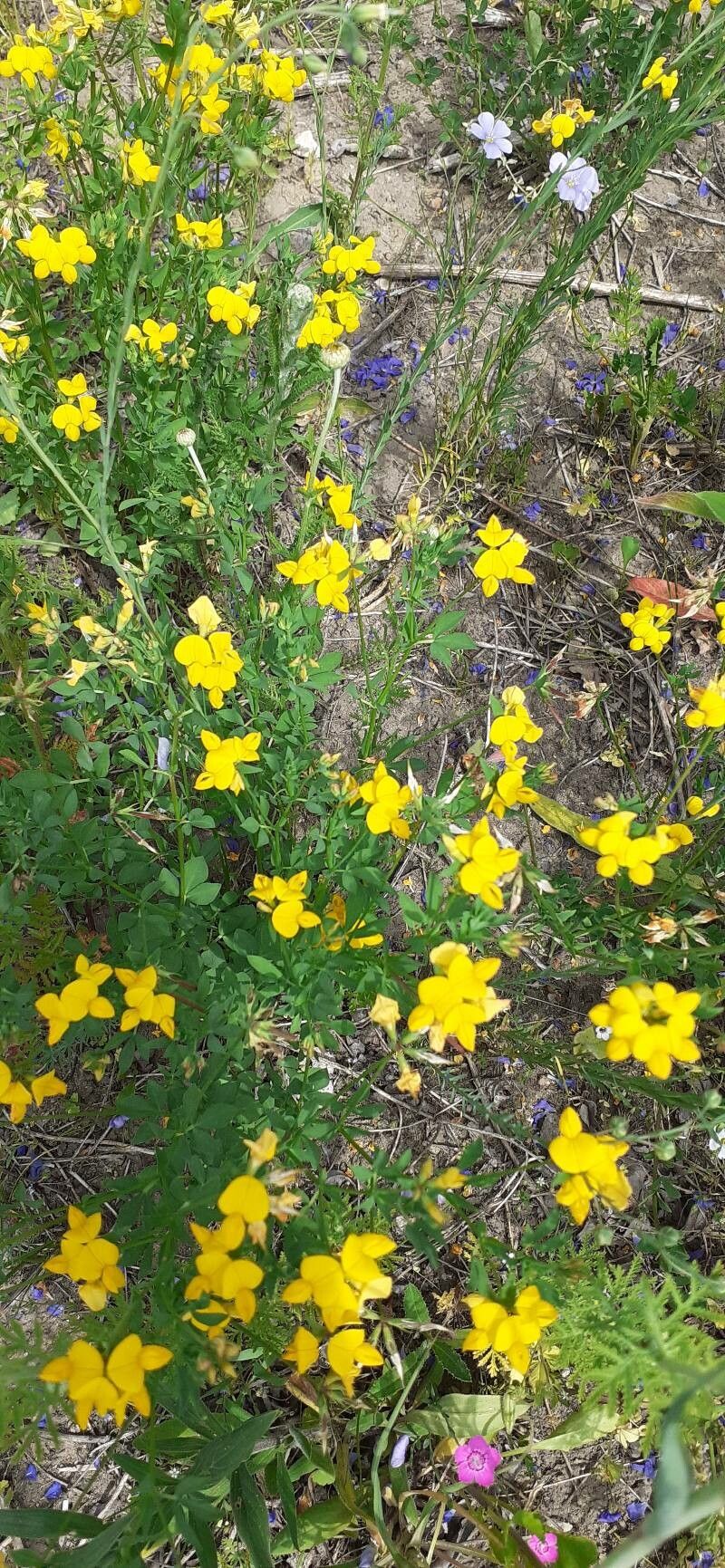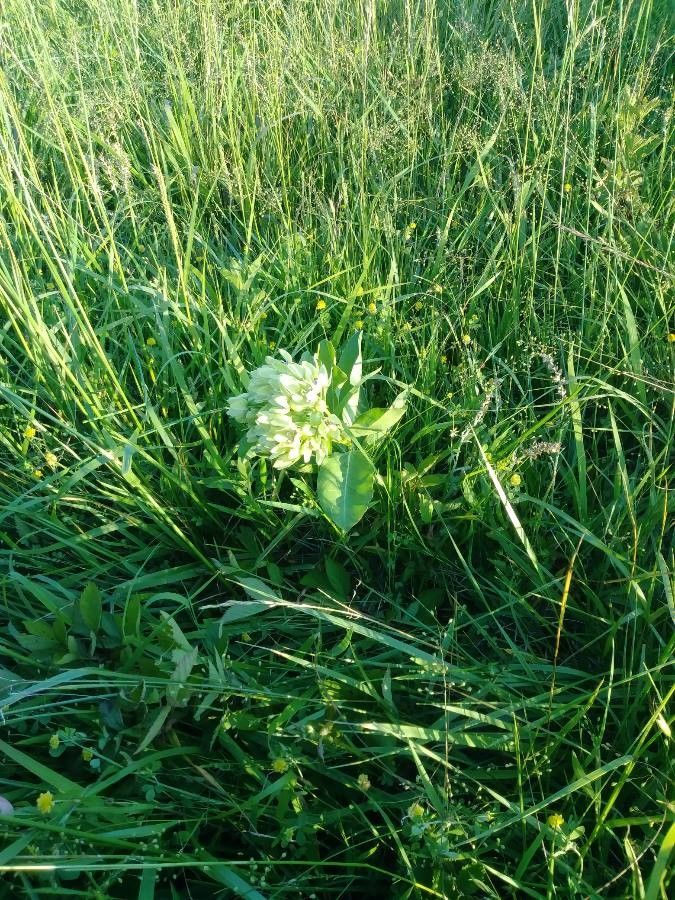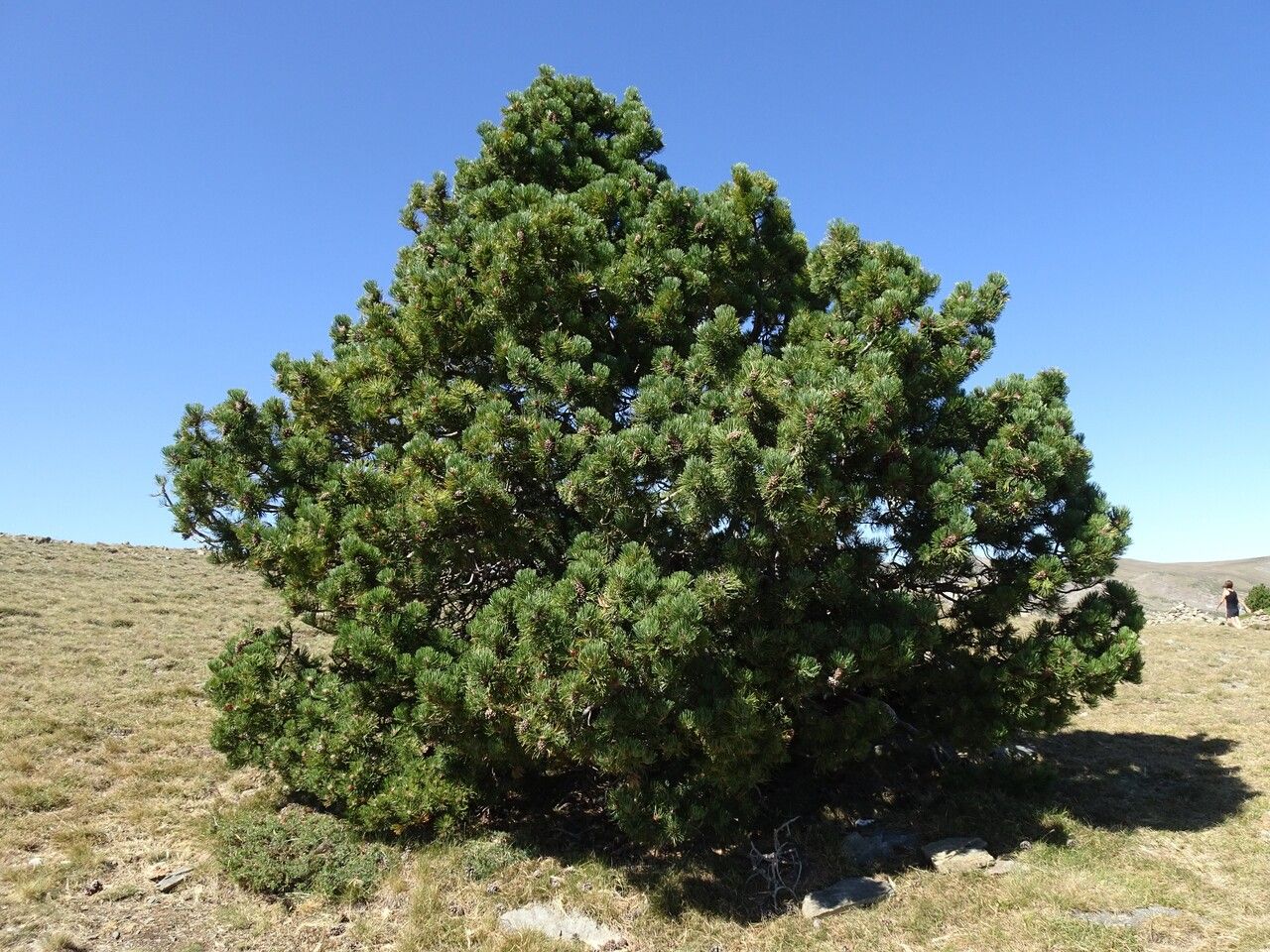## Emubush: A Comprehensive Guide to this Australian Native
The Emubush, a captivating member of the Scrophulariaceae family, is a remarkable Australian native plant prized for its resilience and unique aesthetic appeal. While its common name might suggest a connection to emus, its true charm lies in its adaptability and low-maintenance nature, making it a perfect addition to gardens of all sizes and experience levels. This comprehensive guide will explore everything you need to know about cultivating and caring for this fascinating species.
### Habitat and Growth
Emubush thrives in a variety of conditions, showcasing its hardiness. Naturally found across diverse Australian landscapes, it demonstrates exceptional adaptability to both dry and semi-arid regions. This adaptability translates to success in a range of garden settings, making it suitable for both seasoned gardeners and beginners.
### Sun Exposure and Soil Needs
Emubush prefers a sunny location, thriving in at least six hours of direct sunlight per day. However, it can tolerate some afternoon shade, especially in hotter climates. As for soil, well-draining soil is crucial. Emubush is intolerant of waterlogged conditions. Amend heavy clay soils with organic matter to improve drainage. Sandy or loamy soils are generally ideal.
### Watering and Fertilizing
One of the Emubush's most attractive qualities is its drought tolerance. Once established, it requires minimal watering, making it a fantastic choice for water-wise gardening. Deep, infrequent watering is preferable to frequent shallow watering. Avoid overwatering, as this can lead to root rot. Fertilizing is rarely necessary, as Emubush is relatively low-maintenance. If you choose to fertilize, use a balanced, slow-release fertilizer sparingly in spring.
### Propagation and Maintenance
Emubush can be propagated from seed or cuttings. Seed propagation is relatively straightforward; simply sow seeds in well-draining soil in spring or autumn. Cuttings can also be successful, using semi-hardwood cuttings taken in late summer. Maintenance is minimal, primarily involving occasional pruning to maintain shape and size. Deadheading spent flowers can encourage more blooms.
### Pests and Diseases
Generally, Emubush is quite resistant to pests and diseases. However, occasional problems such as aphids or fungal diseases can occur, particularly in overly moist conditions. Regularly inspect your plant, and address any problems promptly using appropriate organic or chemical controls.
### Uses and Benefits
Beyond its ornamental value, the Emubush contributes to biodiversity by providing habitat and food for beneficial insects and birds. Its drought tolerance makes it an excellent choice for eco-friendly landscaping, helping to reduce water consumption. It also adds a touch of native Australian beauty to any garden, offering a unique visual appeal.
### Conclusion
The Emubush is an outstanding choice for gardeners seeking a resilient, low-maintenance, and visually appealing native plant. With its adaptability to various conditions and its remarkable drought tolerance, it's an excellent addition to sustainable and attractive gardens worldwide.
Emubush: Complete Guide & Care Tips

Frequently Asked Questions
How to grow Emubush in pots?
Emubush can be grown in pots, but ensure you use a well-draining potting mix and a pot with drainage holes. Choose a pot of appropriate size for the plant's root system, and water carefully, avoiding overwatering.
What are the best conditions for Emubush?
Emubush thrives in a sunny location (at least 6 hours of direct sunlight), well-draining soil (sandy or loamy is ideal), and with infrequent deep watering. Avoid waterlogged conditions.


